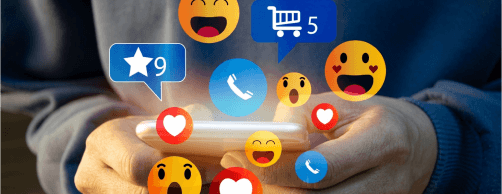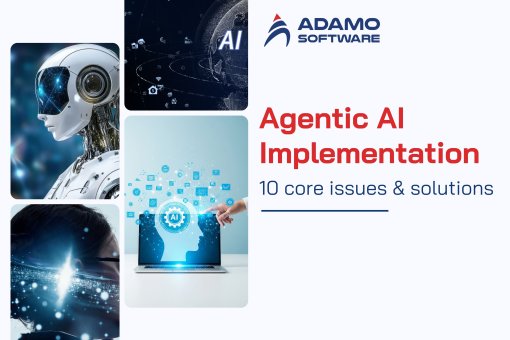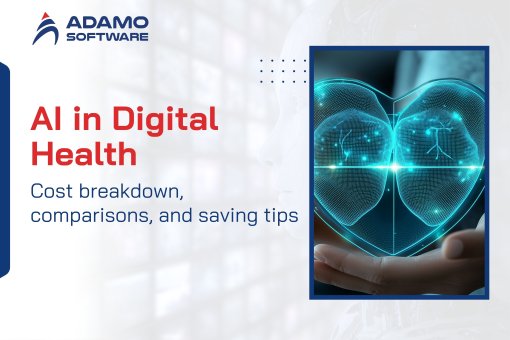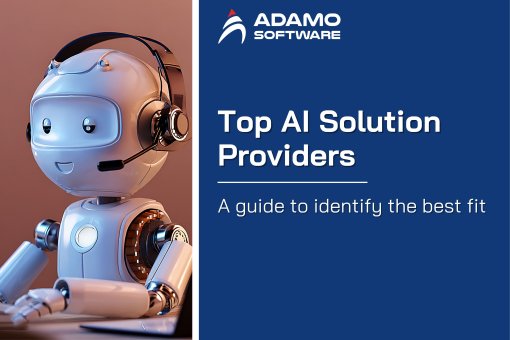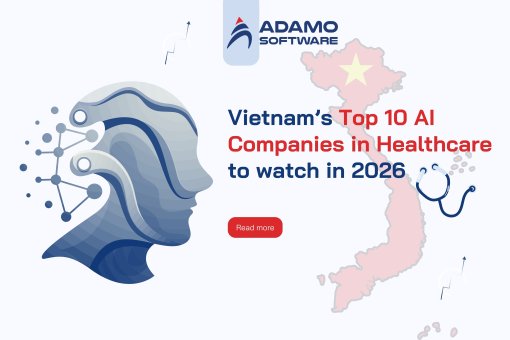Machine Learning for Medical Diagnosis: 10 use cases shaping the future of medicine
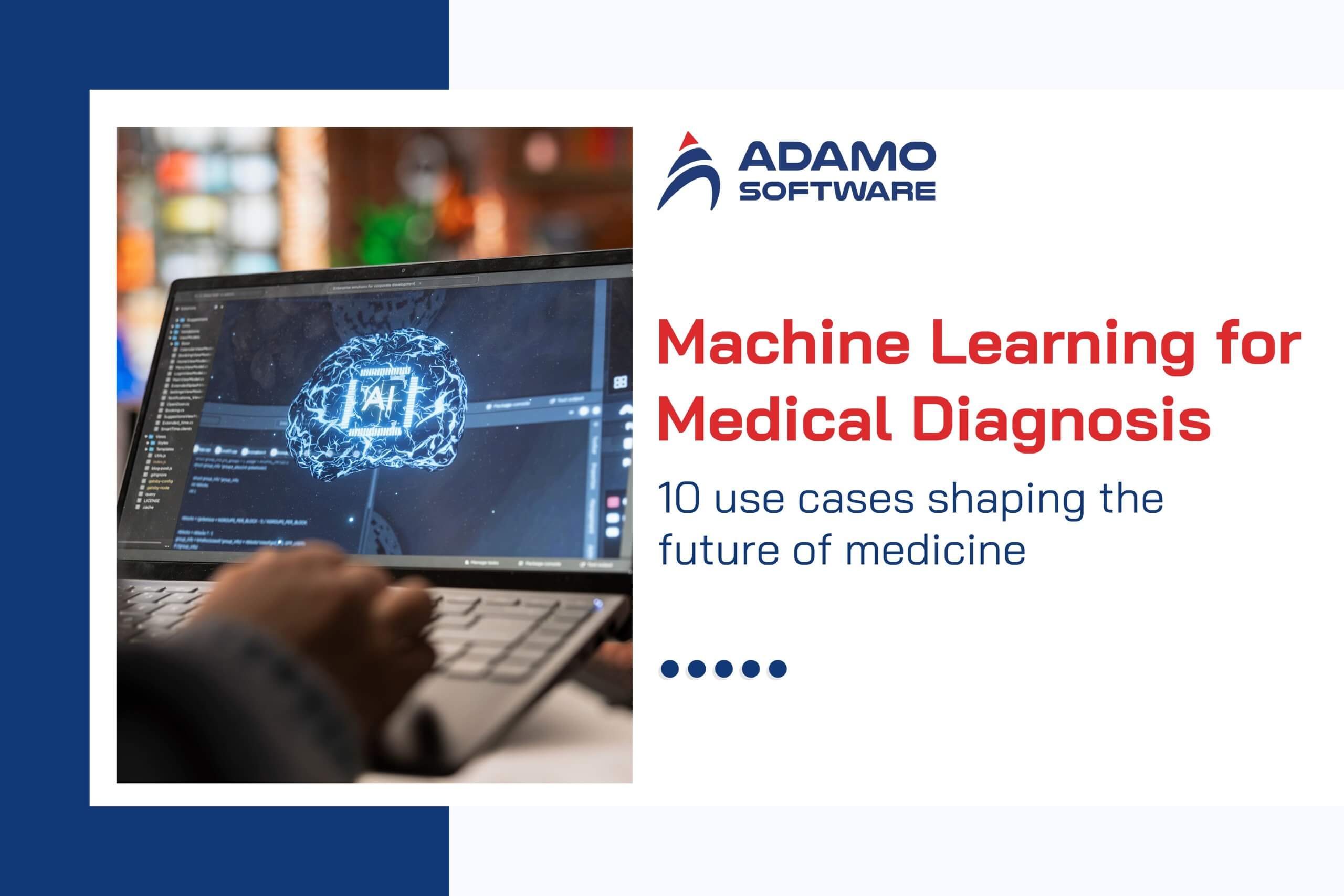
Explore 10 real-world applications of machine learning for medical diagnosis, driving innovation, and improving patient outcomes in healthcare.
There is a digital revolution in healthcare, and machine learning for medical diagnosis is at the heart of it. Machine learning is changing how physicians diagnose illnesses, forecast patient results, and tailor prescriptions with large volumes of data, finding trends, and aiding decision-making. The technology is transforming clinical practice as well as patient care with its capability to automate repetitive procedures and increase accuracy.
This blog will discuss how machine learning for medical diagnosis is being implemented in healthcare and what makes it different from AI systems. We shall also plunge into practical application examples demonstrating how it can save lives and enhance efficiency.
Here’s what you’ll find below:
- How does machine learning for medical diagnosis work?
- Key differences between AI and machine learning in healthcare
- 10 real-world applications of machine learning for medical diagnosis
I. How does Machine Learning for Medical Diagnosis work?
Machine learning for medical diagnosis enhances decision-making, workflow, and automation of routine health tasks. Doctors and medical staff utilize these tools to screen patients, identify abnormalities, and prioritize urgent cases.
As an example, machine learning for medical diagnosis can assist:
- Cardiology: identifying arrhythmia, stroke prognosis, and the follow-up of chronic heart diseases.
- Pathology: the study of lab tests to diagnose diseases more precisely.
- Oncology and dermatology: identifying cancerous tissue by biopsies.
- Genetics: the diagnosis of rare diseases by phenotype.
- Facial analysis: monitoring vital signs and physical signs.
- Chatbots: text and speech recognition to identify symptom patterns, offer first-line diagnoses, and provide advice on the next steps.
Using machine learning for medical diagnosis lets healthcare professionals gain more insight, minimize human error, and enhance patient care in various specialties.
II. AI vs Machine Learning in healthcare: Key differences
Artificial Intelligence (AI) and Machine Learning (ML) are frequently confused terms, yet they do not refer to the same thing. It is important to understand the distinctions in the context of healthcare.
- Artificial Intelligence (AI): AI encompasses a wide spectrum of technologies, from simple rule-based applications to sophisticated neural networks. It aims to develop systems capable of performing tasks traditionally not done by machines, like reasoning, problem-solving, or natural language processing.
- Machine Learning (ML): Machine learning is a subdivision of AI specializing in creating data-driven algorithms. These algorithms do not need to be coded step by step, but they increase their accuracy and performance as time passes.
In the medical field, AI could develop more sophisticated decision-support systems to assist physicians in making complicated diagnoses. In the meantime, machine learning in medical diagnosis assumes a narrower role by examining patient history, lab data, or image scans to forecast. This assists physicians in tailoring the therapeutic regimens, diagnosing illnesses earlier, and enhancing overall patient care.
III. 10 real-world applications of Machine Learning for Medical Diagnosis
In recent years, artificial intelligence has penetrated healthcare in a big way. Data from Reportlinker shows that researchers even project a 44.9% growth rate for medical AI in the next five years. This really demonstrates the speed of adoption.
But how is this technology altering the practice of medicine? Below are ten practical, real-world applications that show the power of machine learning for medical diagnosis.
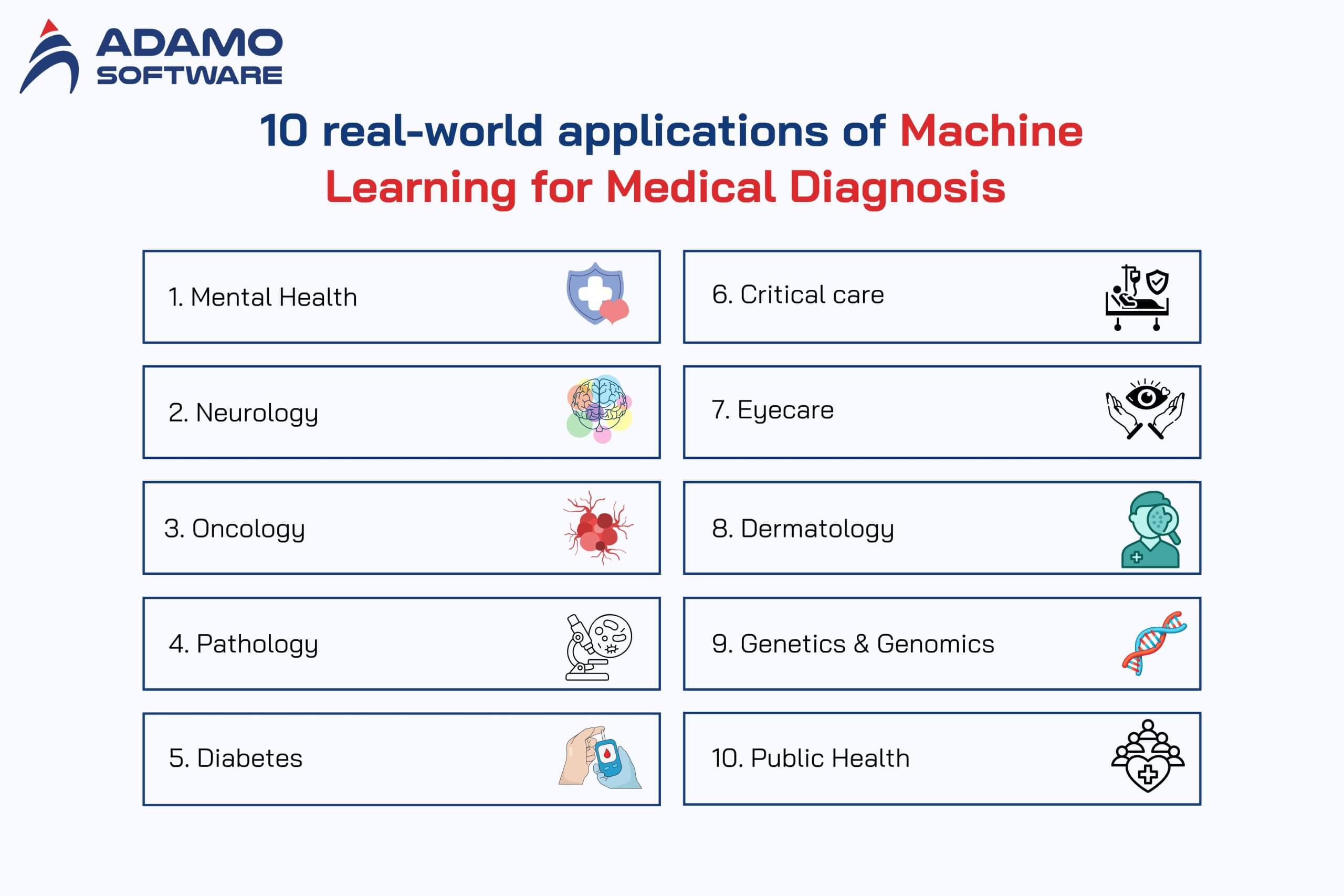
- Mental Health: Early identification of disorders and support with chatbots and prediction algorithms.
- Neurology: Predictions for stroke, recovery tracking, and insights about degenerative diseases.
- Oncology: Precision tumor classification with a level of up to 88% using tools such as DeepGene.
- Pathology Automated analysis of tissues and improved, faster tumor staging to mitigate the specialist shortage.
- Diabetes: Predictive models for complications, pre-diabetes screening, and artificial pancreas systems.
- Critical Care: Early detection of sepsis and ventilator adjustment for a better ICU outcome.
- Eyecare: FDA-approved artificial intelligence (AI) scanners for Diabetic Retinopathy and Early Detection of Macular Degeneration.
- Dermatology: Higher accuracy in diagnosing melanoma and tracking mole changes.
- Genetics and Genomics: Researching the effect of environment on DNA and the future of safe gene editing.
- Public Health: Outbreak prediction and large-scale disease monitoring to protect communities.
1. Mental Health
Mental health disorders are some of the most expensive health problems. According to data from NIH, 1 in 5 American adults suffers from them. With misdiagnosis or untreated conditions, productivity is often reduced, healthcare costs rise, and quality of life is reduced.
With the help of machine learning in medical diagnosis, new solutions are coming. Chatbots and virtual therapists have now provided customized cognitive behavioral therapy (CBT), and predictive algorithms have identified at-risk groups vulnerable to suicide or social isolation.
Machine learning tools can also help identify early signs of depression, anxiety, and bipolar disorder and enable more proactive and accessible mental health interventions.
2. Neurology
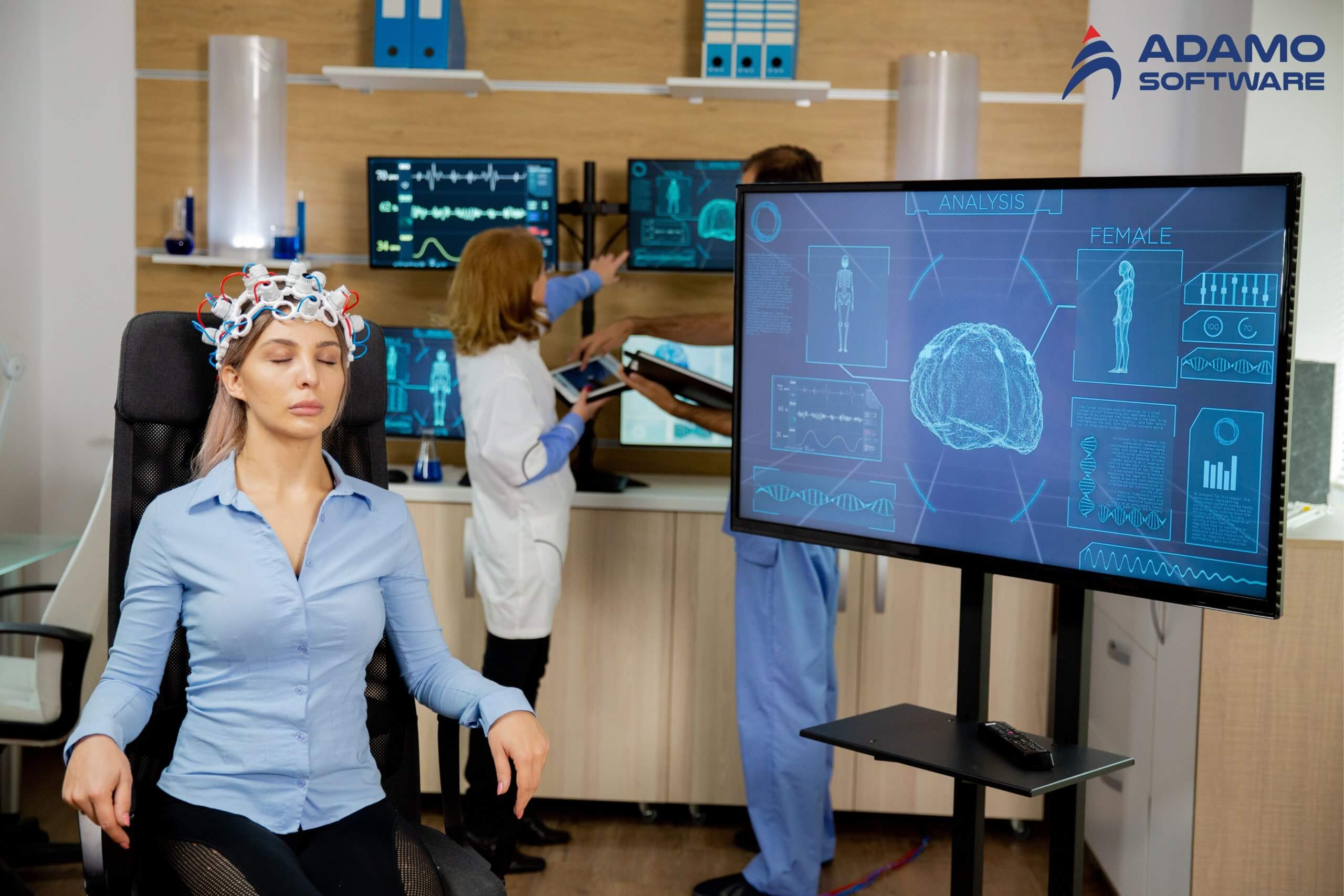
Neurology relies heavily on cutting-edge imaging and data interpretation, which makes it an ideal area for machine learning for medical diagnosis. Algorithms are used to analyze brain scans, identify behavioral patterns, and gain insights about brain functions. Clinically, machine learning is used to help with stroke prediction and recovery monitoring during the first 90 days. It also assists with early detection in the first 48 hours of hospitalization.
For neurodegenerative diseases like Alzheimer’s and Parkinson’s disease, algorithms can provide scores on disease severity. This can help doctors track disease progression and better customize treatments.
3. Oncology
In oncology, precision and early detection of tumors are a matter of life and death. Machine learning for medical diagnosis provides medical professionals with sophisticated tools such as DeepGene, which identifies somatic mutations with precision and speed.
Beyond detecting mutations, algorithms can determine, in a matter of milliseconds, whether a tumor is benign or malignant. According to Zhang et al., computer-based tumor classification has achieved an 88% accuracy rate, highlighting these technologies’ life-saving potential.
4. Pathology
With a shortage of pathologists worldwide, increasing automation via machine learning is critical. Algorithms can quantify cells, mark areas of the disease on slides, and speed up the staging of tumors.
These instances of machine learning in medical diagnosis are useful for pathologists to deal with huge data sets more effectively. It also helps keep them from repetitive tasks and provides faster and accurate results. In doing so, machine learning improves precision and productivity in one of medicine’s most data-heavy specialties.
You can explore more about How can AI be used in healthcare: From smarter diagnoses to safer treatments here.
Explore Our Tailor-made Software Development Solutions
We are confident in providing end-to-end software development services from fully-functioned prototype to design, MVP development and deployment.
5. Diabetes
Diabetes is a disease that affects millions of people globally, and it’s a sufficiently complex disease where vast amounts of medical data are produced. Machine learning for medical diagnosis renders this data usable by predicting pre-diabetes using neural networks, artificial pancreas systems, and detecting complications before they worsen.
Algorithms are also used to optimize insulin administration and identify genetic features associated with an increased risk of Type I and Type II diabetes. These innovations support patients in both living longer and healthier lives and improving how doctors treat diseases.
6. Critical Care
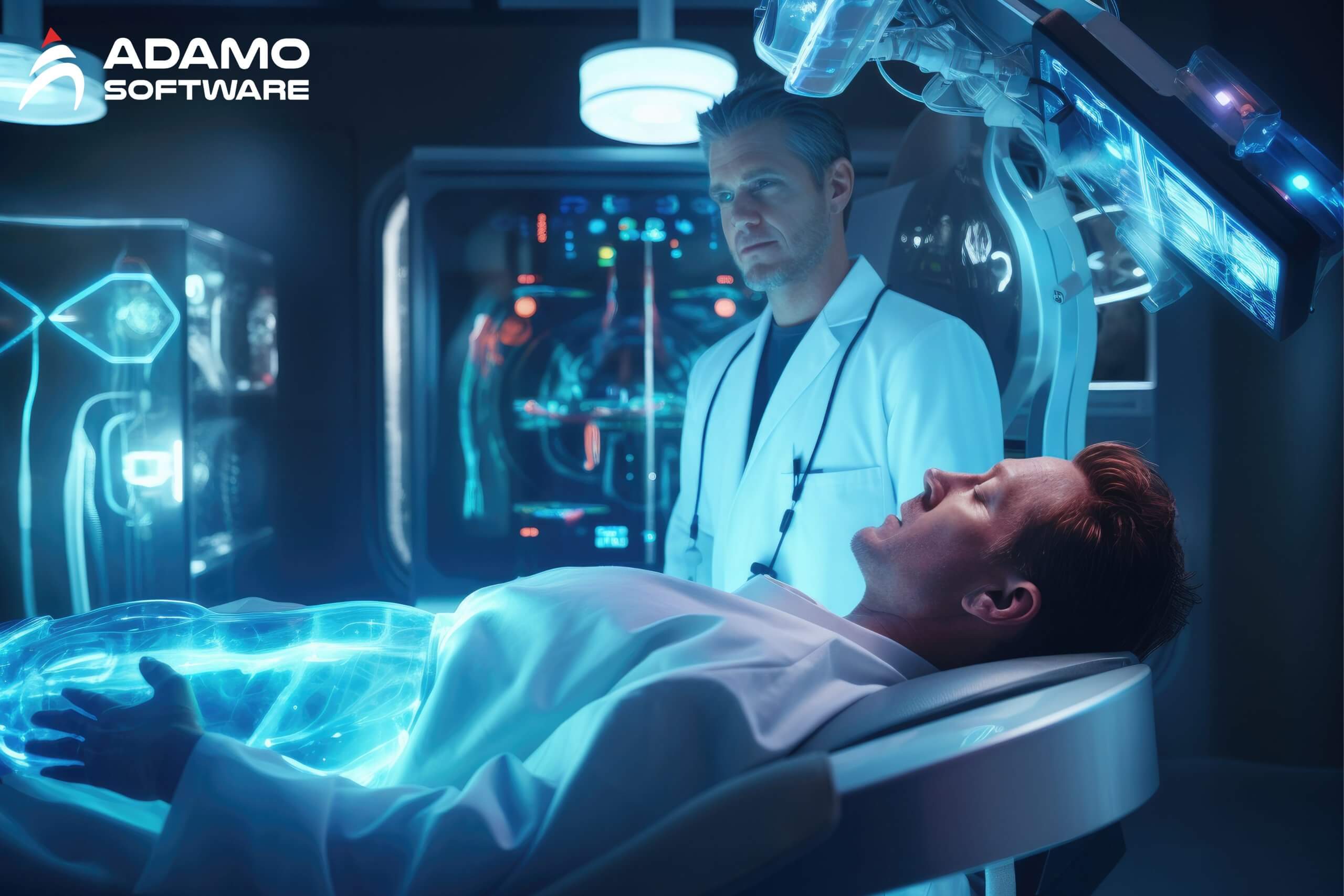
ICUs are places where seconds count. Here, machine learning for medical diagnosis helps by automatically determining early-onset sepsis and adjusting the ventilator settings. These tools decrease errors like premature extubation or extended intubation, which are both associated with increased mortality.
Machine learning also helps doctors detect deterioration early by tracking slight patient cues. Research has shown that delirious ICU patients are more sensitive to light than to noise, changing how clinicians manage patient environments.
7. Eyecare
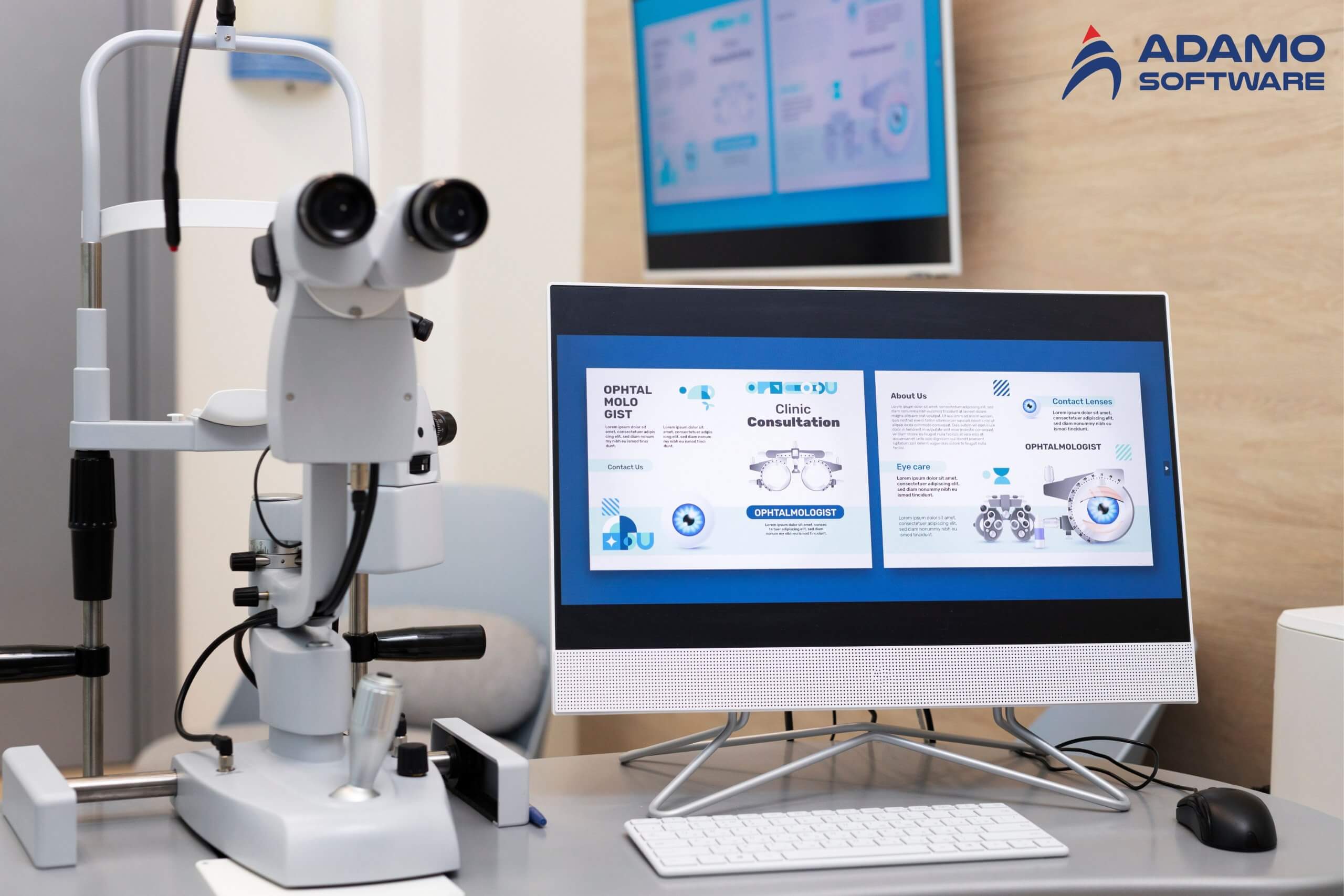
In ophthalmology, machine learning has helped open doors to early diagnosis and treatment. Vision screening programs with artificial intelligence can give real-time diagnostic support. In 2018, the FDA approved the first machine learning-based diabetic retinopathy scanner.
Deep learning algorithms are also helping detect macular degeneration in the earliest stages and screen for glaucoma and cataracts with a high degree of accuracy. By integrating machine learning for medical diagnosis, eye specialists can step in earlier and save the vision of countless patients.
8. Dermatology
Dermatology is another field that has benefited from automated precision. Machine learning systems differentiate between malignant and benign skin lesions, with levels of accuracy exceeding trained specialists. Other tools constantly monitor mole changes and discover dangerous developments sooner than traditional methods.
Algorithms are even used for conditions such as acne, nail fungus, and seborrheic dermatitis. These are applications of machine learning for medical diagnosis that reduce unnecessary biopsies and allow dermatologists to see more clearly how to treat their patients.
9. Genetics and Genomics
The field of genetics has grown and developed dramatically thanks to AI. While the Human Genome Project was a milestone, researchers now rely on machine learning to identify how environmental factors and drugs affect DNA.
Algorithms also have a role in gene editing. There is the possibility of reversing damaging mutations in diseases such as cystic fibrosis and Huntington’s disease.
Though there are still ethical concerns, these breakthroughs show the enormous possibilities of machine learning in preventive medicine and genetic research.
10. Public Health
Public health depends on large-scale data, and machine learning has become an important tool for monitoring and response. These systems can access electronic medical records, lab results, and social media data to predict disease outbreaks.
Canada’s Public Health Agency utilized these tools to detect early traces of the virus for both SARS and MERS outbreaks. During the COVID-19 pandemic, states like Kentucky and West Virginia enacted tracking measures to help contain the virus’s spread among patients.
These machine learning applications for medical diagnosis go far beyond the individual case, and help governments and communities protect whole populations.
IV. Conclusion

Machine learning for medical diagnosis is revolutionising the world of healthcare. From quicker disease detection to personalized treatment, medical care is more accurate, efficient, and patient-centric.
At Adamo Software, we specialize in developing tailored healthcare solutions with intelligent technologies like machine learning. Our experienced engineering team creates customized diagnostic tools, predictive models, and patient management software to meet the unique needs of healthcare organizations. We stand by the promise of providing secure, scalable, high-quality solutions to support better clinical outcomes.
If you want to implement machine learning for medical diagnosis in your organization, we’re here to make your vision happen. Contact us today!




